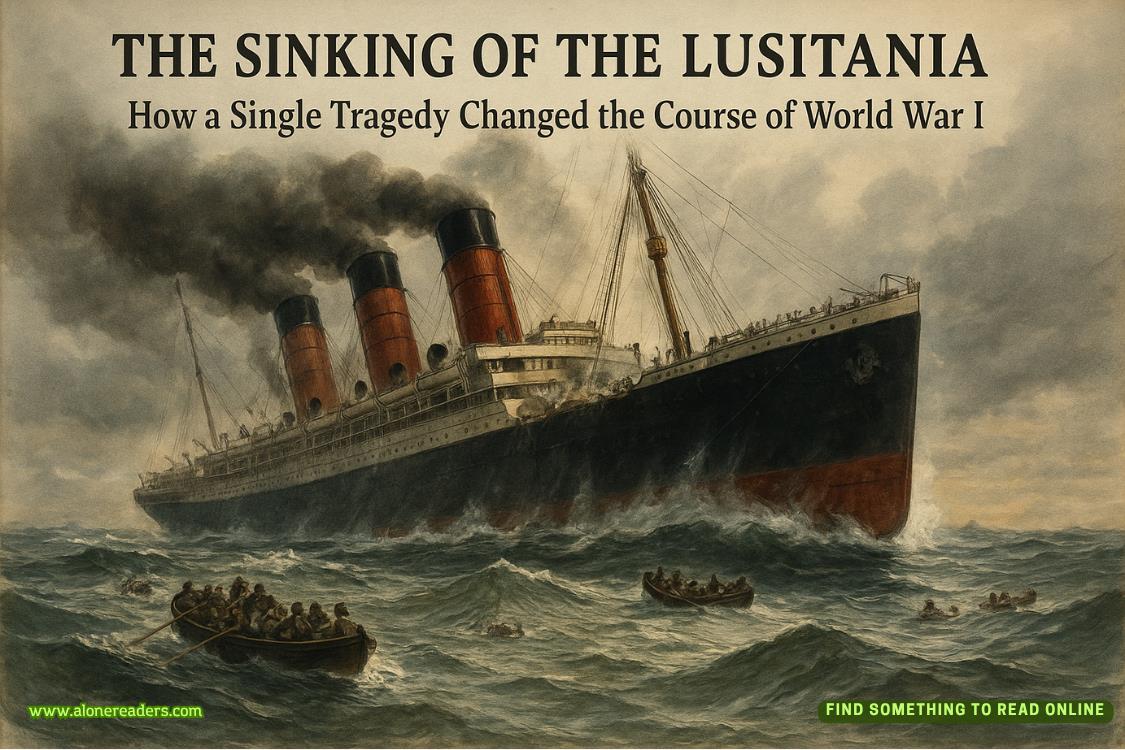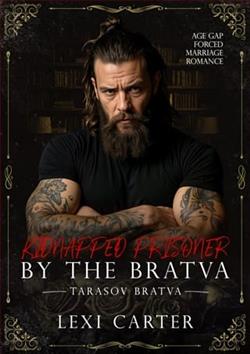Page 5 of Highland Slayer
Now, Sister Hildegarde was shouting along with those thunderous footsteps. Anaxandra dun Muir looked up from the enormous bowl full of vegetables that she had been washing.
“Sister?” she called out. “In here.”
Sister Hildegarde, as stout and strong as a Scottish pine, appeared in the doorway of the chamber used to prepare meals for the abbey. It was both kitchen and greenhouse. Outside, in the kitchen yard, two sisters were roasting a pig that had been slaughtered, and the smell of pork wafted in through the windows.
It would be a good supper of pork and beans tonight.
“There you are,” Sister Hildegarde said in her stiff English accent. “You are supposed to be in the garden with the children.”
Anaxandra picked up one of the turnips she’d just washed off and set it on the clean table beside her. “I left Christiana watching over the children,” she said, her accent much the same because she’d practically been raised by the woman and picked up her speech patterns. “These were too heavy for them to carry in, so I did it. Why? Is something amiss?”
Sister Hildegarde frowned. “Aye,” she said, pointing toward the ceiling. “What is amiss is that you have missed your time on the wall. Sister Cecelia has been waiting for you.”
Frowning, Anaxandra rushed to the windows overlooking the garden, peering up at the angle of the sun. “My apologies,” she said, quickly rushing back to the table with the turnips. “I did not realize it was so late. I lost track of the time.”
“That is not unusual with you.”
“I will try to do better, sister.”
“God is watching and so am I. You’d better.”
That was most definitely a threat, something not taken lightly. Punishment at St. Margaret’s was for any infraction deemed serious enough. Knuckles slapped with a switch, or reading the Bible for hours on end, or any number of uncomfortable repercussions. Anaxandra had faced them before because she was a woman who spoke her mind at times and wasn’t afraid of a confrontation.
That had worked against her in times past.
However, as serious as a threat of punishment could be, the truth was that Sister Hildegarde was more bark than bite, at least with Anaxandra. Part of the fun of their relationship was Anaxandra allowing Sister Hildegarde to think she was still afraid of her.
Well, mostly, anyway.
To prove that she was genuinely sorry that she’d lost track of the time, she began quickly fumbling with the ties of her apron. Sister Hildegarde grunted impatiently as she went to help her, pulling the apron off as Anaxandra yanked the kerchief off her head. Off came the gloves she’d been wearing as well, and she tossed them onto the table as she scurried out of the kitchen with Sister Hildegarde on her tail.
“We had two scouts out this morning, as we usually do, and they told us that there were men heading north along the sea road,” she said. “Keep vigilant for anyone approaching.”
They were weaving their way through the narrow corridors of St. Margaret’s, sometimes squeezing past other nuns, sometimes passing through doorways that were too low for Anaxandra’s height. She was quite tall for a woman, sturdy and healthy because that was the way the nuns at St. Margaret’s liked to raise their foundlings. They were not abused or neglected like so many, but rather nurtured and well tended. They were also educated—not only in the usual subjects of reading and writing, all based on biblical teachings, but taught the ways of combat and warfare.
That particular educational domain belonged to the abbess, Mother Michael.
In fact, most of what St. Margaret’s had become was based on the teachings of Mother Michael. She was only the fourth mother abbess since St. Margaret’s had been founded, a woman who had been indoctrinated since birth to everything the orderstood for. The nuns always chose the mother’s successor very early, in infancy, and Mother Michael had been an orphan who had been chosen as a baby by her predecessor. All she’d ever known was the intense and sometimes isolated training that was required for her to take her position as head of the order.
And it was Mother Michael who had personally trained Anaxandra. They considered her one of their top warriors, a woman who could fight better than most. She’d seen battle, f a few times, in minor skirmishes for the local Douglas clan, who tithed a good deal to the abbey for the very purpose of using their might in exchange for the donations, and in all instances, she’d done splendidly. There were whispers that Mother Michael wanted Anaxandra to assume the role as mother abbess someday, but that rumor was cast with doubt because Anaxandra hadn’t been chosen as an infant, as had been tradition. Currently, however, there was no chosen successor to Mother Michael, so the uncertain future of the order fueled those rumors.
All Anaxandra knew was that she didn’t want the position.
She wanted something else.
A life outside of the order.
But this was her life for the moment, and she went about her duties to the best of her ability. That included her shift as a sentry, and as she walked through the convent, it was with a destination in mind. They were heading for the armory. Sister Hildegarde was still behind her, and together they marched in silence.
The nuns, postulates, and wards of St. Margaret’s did not wear the usual garb. There were no nun habits, no holy robes, no mantles of glory. Everyone wore the same thing—breeches made from wool, or sometimes linen, everything undyed and in their mostly natural state. Over that, they wore two tunics—one that was tight against the skin to keep things like breasts or rollsof skin from moving about and creating sensations of lust, as Mother Michael had told them, and a second, longer tunic made of the same material as their breeches, that fastened around the waist and hung to their knees.
Upon their feet, instead of slippers or shoes, were boots. Everyone wore sensible boots that were made from the flesh of the cows or sheep or pigs that had been slaughtered for food over the years. Boots were recycled from one nun to another, just as the clothing was. Dead nuns had no use for clothes or shoes, so they were passed on to younger women. The particular pair that Anaxandra wore had belonged to a nun who had died in a skirmish with Willem the Lion, so they were shoes that she held dear.
The spirit of battle was upon them.
So was the blood of the former owner.
Rather than be put off by it, Anaxandra drew strength from it. Sister Eve, long ago, had been a strong and resourceful woman, and Anaxandra imagined she could feel the woman’s spirit upon her as she wore her boots. But there was protection to wear when one was on sentry duty, so Anaxandra stopped briefly in the armory near the cloister entry and gathered a mail coat while Sister Hildegarde collected a crossbow and bolts. There was a sense of urgency because the changing of the guard on the wall of St. Margaret’s was something that was taken very seriously. Unlike any other abbey in England or Scotland, St. Margaret’s of Loch Doom was a military installation, and instead of a traditional church and cloister, it was configured like a castle because, in fact, it hadbeena castle very long ago.















